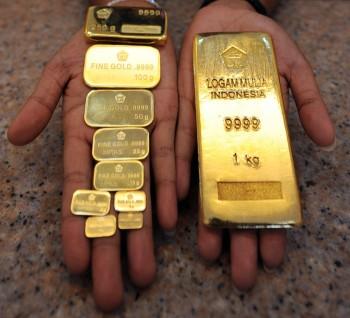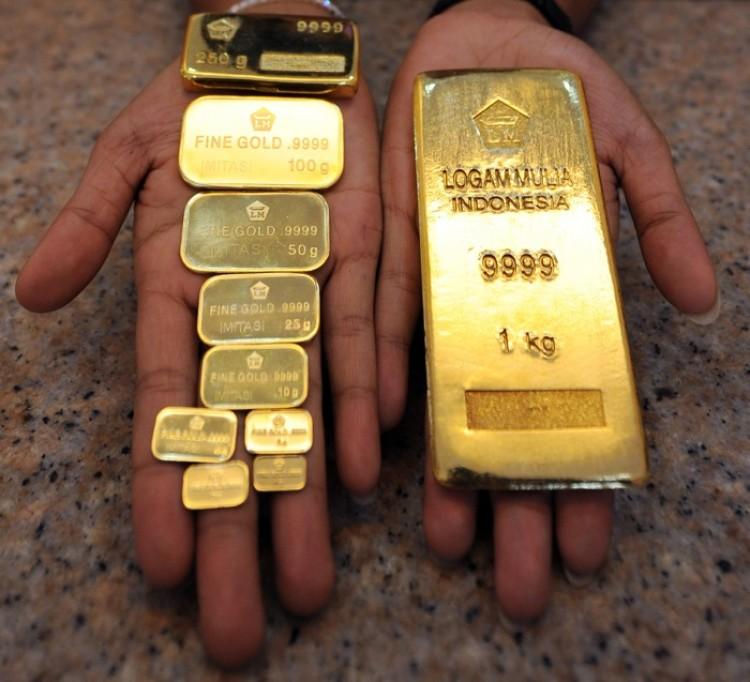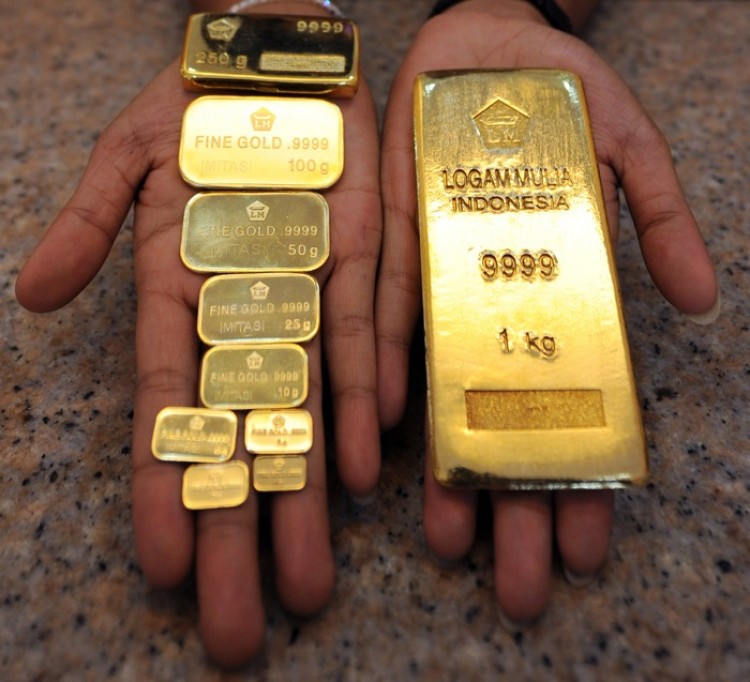Gold’s Value as Collateral
During recent times, gold has again become a highly coveted product, not only in the form of jewelry, gold bars, or gold bullion, but also as collateral for the lending industry, proving that it is now considered a highly liquid asset.

COUNTRY COLLATERAL: An Indonesian employee holds ingots of gold at the marketing office of PT. Antam Tbk during trade in Jakarta in this file photo. East Asia, the Indian subcontinent, and the Middle East combined consume 70 percent of the worlds gold supply. Adek Berry/AFP/Getty Images
|Updated:





